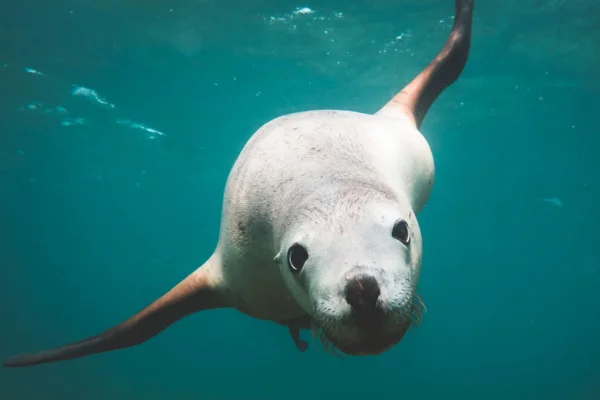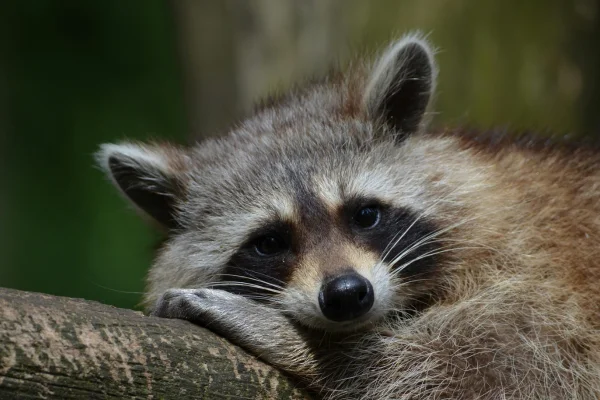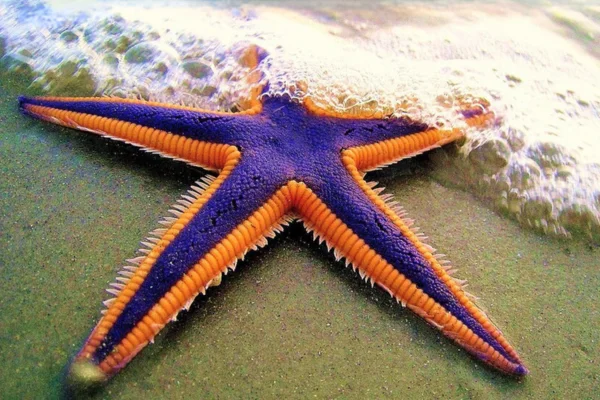Secrets of the Sea: The Food of Sea Wolves and Their Curiosities
Introduction
Sea lions are fascinating creatures that inhabit the coastal waters of various parts of the world. These marine mammals, belonging to the Otariidae family, have a diverse and interesting diet that reflects their adaptability and hunting skills. In this article, we'll explore their diet and other aspects, delving into details about their food preferences, hunting strategies and curiosities that make these animals so special.
Food Diversity
They are opportunistic carnivores, which means that they feed on a variety of prey available in their habitat. Their diet can vary greatly depending on the region in which they live and the availability of food. However, there are some foods that are common in their meals.
Contents
Fish
Fish are the main source of food for sea lions. They prefer species that are abundant in their hunting grounds. Among the most common fish consumed by these mammals are sardines, herring, cod and anchovies. The choice of these fish is due not only to their availability, but also to the fact that they are rich in nutrients that are essential for the survival of sea lions.
Squid and Octopus
In addition to fish, sea lions are also great consumers of squid and octopus. These cephalopods are an excellent source of protein and other nutrients. Hunting squid and octopus requires skill and speed, as these animals are masters of camouflage and quick escape. However, these species have developed efficient hunting techniques to catch their prey.
Crustaceans
Crustaceans such as crabs and shrimp are also part of this incredible marine animal's diet, although to a lesser extent. These foods are mainly consumed when there is a shortage of fish and cephalopods. This animal's ability to adapt its diet to environmental conditions is one of the factors contributing to its survival.
Hunting Strategies
Sea lions are skilled hunters and use a variety of strategies to catch their prey. Below, we'll explore some of these techniques:
Group Hunting
In some species of sea lions, hunting in groups is a common strategy. Hunting in groups allows them to surround schools of fish, increasing the efficiency of the catch. This technique is especially useful when the prey is fast and agile, as is the case with many fish.
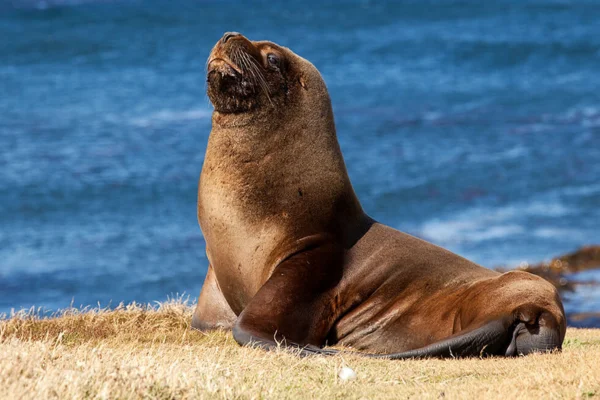
Deep Dive
They are excellent divers and can descend to great depths in search of food. Some individuals are capable of diving to depths of over 200 meters. This behavior is particularly useful for catching squid and other cephalopods that live in deeper waters.
Fast Pursuit
Speed is another weapon in the sea lions' arsenal. They are fast and agile swimmers, capable of intense chases to catch prey that is trying to escape. The combination of speed and maneuverability in the water makes sea lions formidable hunters.
Curiosities about sea lions
In addition to their diet and hunting strategies, sea lions have several curiosities that enrich our understanding of these fascinating animals.
Social Communication
Sea lions are highly social and communicative animals. They use a variety of vocalizations to communicate with each other, especially during the breeding season. These vocalizations include cries, roars and even bark-like sounds.
Parental care
Female sea lions show impressive maternal care. After the birth of their pups, mothers care for them intensively, ensuring that they receive nutrient-rich milk for the first few months of their lives. The pups remain close to their mothers until they are able to hunt on their own.
Adapting to the environment
Sea lions have remarkable physical adaptations that allow them to thrive both in the water and on land. Their fins are perfect for swimming, while their thick fur provides thermal insulation. In addition, they have a layer of fat under their skin that helps conserve heat and provides energy during periods of fasting.
Ecological importance
Sea lions play a crucial role in marine ecosystems. As top predators, they help control the populations of their prey, maintaining the ecological balance. In addition, their droppings contribute to the fertilization of the oceans, providing essential nutrients for the growth of phytoplankton, which is the base of the marine food chain.
Sea lion conservation
Unfortunately, sea lions face several threats, mainly due to human activities. Overfishing, marine pollution and habitat destruction are some of the main challenges facing these animals. Below, we explore some of the threats and the conservation efforts underway to protect these species.
Overfishing
Overfishing is one of the biggest threats to sea lions. The reduction in fish populations, which are their main source of food, can lead to starvation and a decrease in sea lion populations. In addition, accidental capture in fishing nets poses a significant risk to these marine mammals.
Marine pollution
Marine pollution, including plastics and toxic chemicals, has a devastating impact on sea lions. They can ingest plastic, mistaking it for food, or become trapped in marine debris, which can result in serious injury or death. Toxic chemicals can contaminate the food chain, affecting their health.
Habitat destruction
The destruction of coastal habitats due to urban and industrial development also represents a significant threat to this species. The loss of resting and breeding sites can negatively impact their populations. It is essential to protect and restore these habitats to ensure the long-term survival of sea lions.
Conservation Efforts
Various organizations and governments are working to protect sea lions and their habitats. This includes the creation of marine protected areas, where fishing is restricted and the marine environment is monitored to ensure the health of ecosystems. Rescue and rehabilitation programs are also implemented to help injured or sick sea lions.
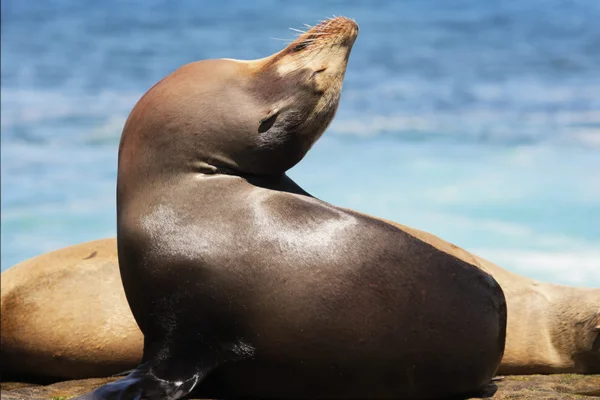
Conclusion
they are incredible creatures that play a vital role in marine ecosystems. Their diverse diet and hunting skills reflect their adaptability and resilience. However, they face several threats that jeopardize their survival. It is crucial that we continue to support conservation efforts to protect these magnificent marine mammals and ensure that they can thrive in the oceans for generations to come.
Through education and awareness-raising, we can make a difference in protecting sea lions and preserving marine biodiversity. Every little action counts, from reducing the use of plastics to supporting sustainable fishing policies. Together, we can help ensure a bright future for them and the oceans they call home.
Thank you for visiting us and check out our other work

